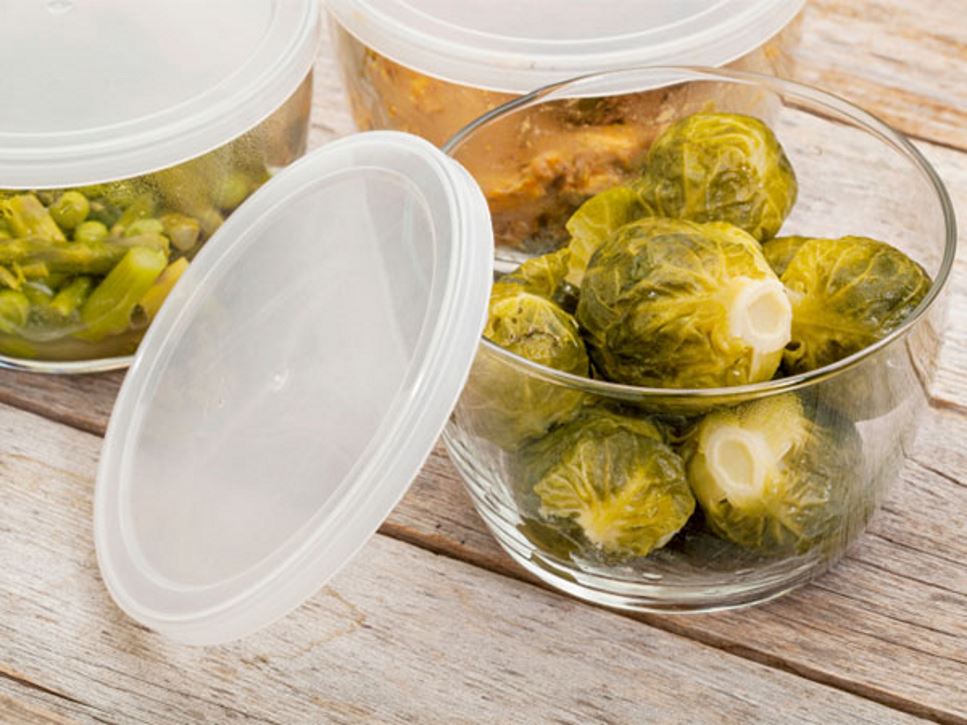Saving part of a meal as leftovers to eat later is a great way to avoid overeating while also saving money and fighting food waste. Before you reheat and eat, follow these simple steps to reduce your risk of food poisoning.
Storage
Seal leftovers in a clean, airtight container. Put large amounts of soups or stews in shallow or smaller containers to cool faster.
Refrigerate
Keep leftovers refrigerated at 40°F or lower. Limit the time your leftovers sit out at room temperature by storing them in the fridge within two hours. If it's over 90°F outside, refrigerate within one hour.
Reheat
To reduce the risk of food poisoning, it's important to reheat leftovers to a minimum internal temperature of 165°F. Use a food thermometer to make sure food reaches the safe temperature before you eat.
Time to Toss?
Mold and odors aren't the most reliable way to determine if food has gone bad. Many leftovers will last three to four days in the refrigerator or two to three months in the freezer. Be sure to label leftovers to keep track of when they were made. And remember, when in doubt, throw it out!
Find a Nutrition Expert
Looking for credible nutrition information and recommendations? The Academy of Nutrition and Dietetics' network of credentialed food and nutrition practitioners are ready to help!

